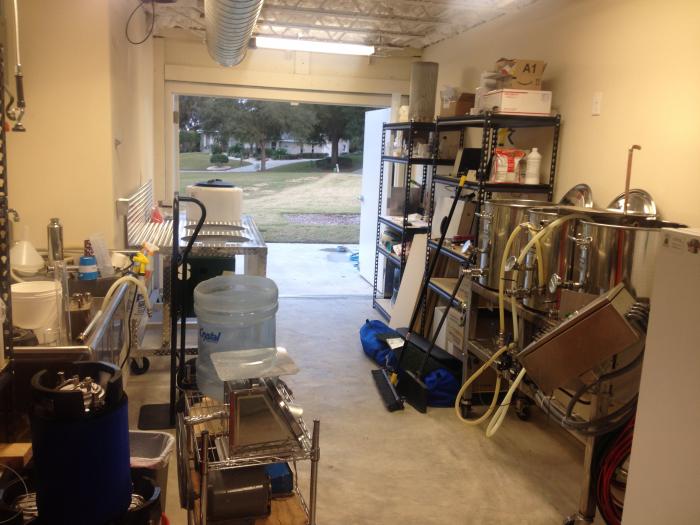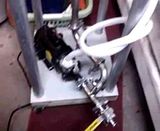For the chassis ground, use one of the ground connections on the chassis (they're threaded studs). Just crimp a ring connector on the end of a wire and put it over the stud. Use a nut to tighten it down when you're done. Be sure only to run the 110v ground through those though. The 5v ground goes through the BCS. The 12v ground goes through the 12v power supply.
Packet,
So on the "blog" site, your pictogram of the driver board wiring has the driver board ground connected to chassis ground.
I understand a little bit about ground loops and the importance of not having more than one ground point. I know it can cause noise in car audio circuits. Other than that, I know nothing about it beside it being poor practice for electronics wiring. For lighting, or regular electrical It might be OK. With respect to this project however, and in light of your previous post about the driver board being grounded through the BCS....
For the chassis ground, I will ground the internal outlets, the external outlets, the DC PSU, and that's it.
For the BCS "ground". Well, the unit itself does not appear to be grounded to the chassis at all. Its power is from its own wall-brick PSU plugged into an internal 120vac outlet. It has three terminals labelled "GND". Running from left to right across the back, the first GND is connected to the SSRs. The second GND is not connected to anything. the last GND is connected to the temp probe XLR pins.
The third pins on all XLR connectors are not grounded to or connected to anything.
The Driver board Ground is connected to the chassis ground right now, per your pictogram at plasticconical. In your last post, you say its to be connected to the BCS GND. Do you know which of the three it gets connected to?
I'm going to have to track down the manual on the BCS at some point. I see also it has +5VDC terminal. I am wondering if one of the GND connections is really the -12VDC for this voltage supply(?)
ASIDE for any using 7 segment displays (AKA PID Display Module)
I am also planning to connect 7-seg LED displays for the three tanks. There is a temp gauge on the glycol reservoir so a digital display is of no benefit. For any interested, there is a thread here somewhere that details easily how the connections to the BCS are made.
The thread discusses a ground running to the BCS, but again, there is no mention of which GND terminal used, and the connections in the single picture show the ground running below the BCS perhaps to a chassis ground along with another wire from behind the panel plate. Also, the terminal block for the ground wire as pictured in the thread on the PID Display is not present on my PID D.M.'s. Fun times... Looks like I'll be writing an email to OSCSYS.COM
wish I knew how to multi quote from multiple threads and posts...
TD










